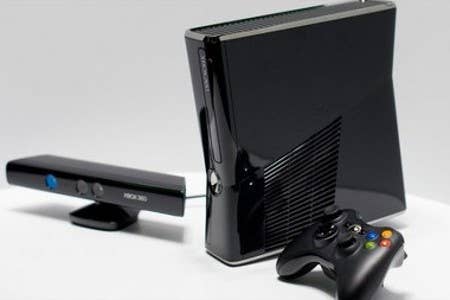Kinect technology may sense tone of voice, body posture in future
Microsoft's Kudo Tsunoda reflects on next hurdles for Kinect interface
The Kinect has turned out to be a very popular device, with well over 18 million units sold. As pleased as Microsoft has been with the camera, the company feels that this is just the beginning. Microsoft's Kudo Tsunoda elaborated on the technology's future; he's hoping that the next iteration will be able to do so much more with emotion and user interface.
"We've done so much work just with software to enhance Kinect's abilities over time," said Tsunoda to MCV. "Since it came out, we've been able to do a lot more seated play, let people scan in objects and have the game recreate them. Even Kinect Rush scans in players and turns them into Pixar characters, which is awesome.
"What we're really interested right now is creating experiences that help you develop real world skills that help you in other parts of your life," he continued.
Mass Effect 3 was a new shot at blending core and casual gaming, offering core gamers a unique way to use Kinect. While reviews were perhaps not as positive as Microsoft had hoped, the path to creating a more lifelike experience has only begun for Tsunoda.
"We're also looking at how we can make people more like actors within a narrative. I think the work done in Mass Effect 3 has been awesome. We want to get to the stage where not only can Kinect detect what you're saying but also tone of voice and body stance, and work that into the narrative. There are some really compelling experiences to be gained from that," he said.

